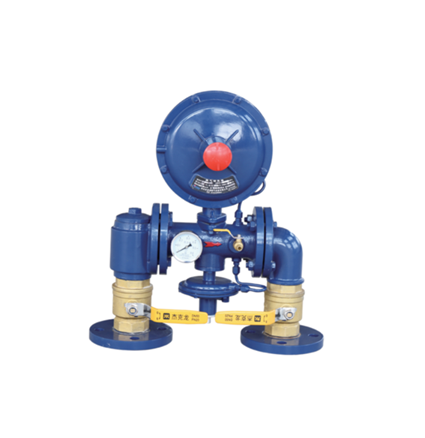
Oct . 31, 2024 19:52
Back to list
Understanding Gas Pressure Vessels and Their Applications in Various Industries
Understanding Gas Pressure Vessels Design, Applications, and Safety Considerations
Gas pressure vessels are crucial components in various industries, serving as containers for gases under pressure. Their design and construction directly influence the efficiency, safety, and reliability of various processes, including chemical manufacturing, oil and gas extraction, and energy production. Understanding the intricacies of gas pressure vessels is essential for engineers, safety professionals, and those involved in industrial operations.
At their core, gas pressure vessels are engineered to withstand high pressures while containing gases in a stable environment. They are typically constructed from robust materials such as steel, composite materials, or aluminum, depending on the application and specific requirements. The strength of the material must be complemented by appropriate wall thickness and reinforcement to handle the internal pressures safely. Design codes and standards, such as those set forth by the American Society of Mechanical Engineers (ASME), provide guidelines to ensure that vessels meet safety requirements and can operate reliably in various conditions.
One significant aspect of gas pressure vessels is their diverse applications. In the oil and gas industry, these vessels are used to store and transport natural gas and pressurized gases, ensuring that flow rates remain consistent and that the gases can be effectively processed. Similarly, in chemical processing plants, gas pressure vessels are vital for storing raw materials and products, allowing for batch processing and continuous production systems. Beyond industrial applications, gas pressure vessels are also utilized in everyday products such as gas cylinders for cooking, laboratory experiments, and even in the medical field for storing gases like oxygen.
gas pressure vessel

Safety is paramount when dealing with gas pressure vessels, as they operate under high pressures that can lead to catastrophic failures if not managed properly. Regular inspection, maintenance, and adherence to strict operational guidelines are essential to mitigate risks. For instance, operators must monitor for any signs of corrosion, leakage, or deformation that can compromise the vessel's integrity. Safety relief valves, pressure gauges, and alarms are standard features in these systems, designed to protect against overpressure scenarios. Furthermore, training personnel in emergency response protocols and conducting regular safety drills are crucial components of an effective safety management system.
Innovations in technology and materials continue to enhance the performance and safety of gas pressure vessels. The introduction of composite materials, for example, offers a lightweight alternative to traditional metals while maintaining the necessary strength and durability. Additionally, advancements in monitoring technology, such as smart sensors, allow for real-time data collection and analysis, enabling operators to detect potential issues before they escalate into emergencies.
In conclusion, gas pressure vessels play a vital role in numerous industries by safely containing and transporting gases under pressure. The careful design, construction, and maintenance of these vessels are essential for ensuring operational efficiency and safety. As technology progresses, the future of gas pressure vessels looks promising, with advancements that enhance both performance and safety, paving the way for continued innovation in various industrial applications.
Latest news
-
Safety Valve Spring-Loaded Design Overpressure ProtectionNewsJul.25,2025
-
Precision Voltage Regulator AC5 Accuracy Grade PerformanceNewsJul.25,2025
-
Natural Gas Pressure Regulating Skid Industrial Pipeline ApplicationsNewsJul.25,2025
-
Natural Gas Filter Stainless Steel Mesh Element DesignNewsJul.25,2025
-
Gas Pressure Regulator Valve Direct-Acting Spring-Loaded DesignNewsJul.25,2025
-
Decompression Equipment Multi-Stage Heat Exchange System DesignNewsJul.25,2025

